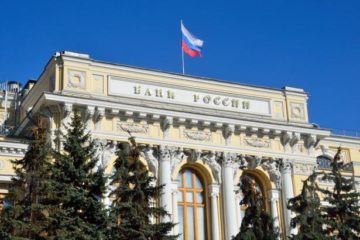 Dominik A. Leusder in n+1:
Dominik A. Leusder in n+1:
THE SCALE OF THE WESTERN RESPONSE to Russia’s invasion of Ukraine has been as surprising as the invasion itself. In the span of a few days, a highly integrated capitalist economy was wrenched out of the networks of financial globalization with unprecedented speed and comprehensiveness. Two and a half weeks after Russia launched its horrific war, the country is isolated, its economic linkages with the outside world growing more attenuated by the day.
The initial focus of Western sanctions—on the assets and financial transactions of key Russian businessmen and companies—didn’t come as a particular surprise. Some of the same targets had already been sanctioned in the wake of Russia’s first incursion into Ukraine in 2014. As the political pressure to punish Russia mounted, the US, UK, and EU announced the ejection of Russian banks from SWIFT, the global interbank messaging system. By prohibiting correspondent banking relationships with banks in New York, the West ultimately pushed Russia out of the global dollar-based clearing and settlement system.
Exclusion from the global payment system was a major step up in the escalation. But Western leaders were still on familiar territory. Iranian banks were excluded from SWIFT in 2012, and correspondent banking relationships were severed in 2019. And crucially, the US and EU had made sure to exempt all transactions related to energy: Russian gas and oil could continue to flow. It’s the subsequent measures, put in place in the Sunday after the invasion, that have constituted the real geoeconomic break: the freezing of Russian’s foreign reserve assets held abroad, and the outright ban on transactions with the Russian central bank.
More here.
